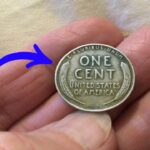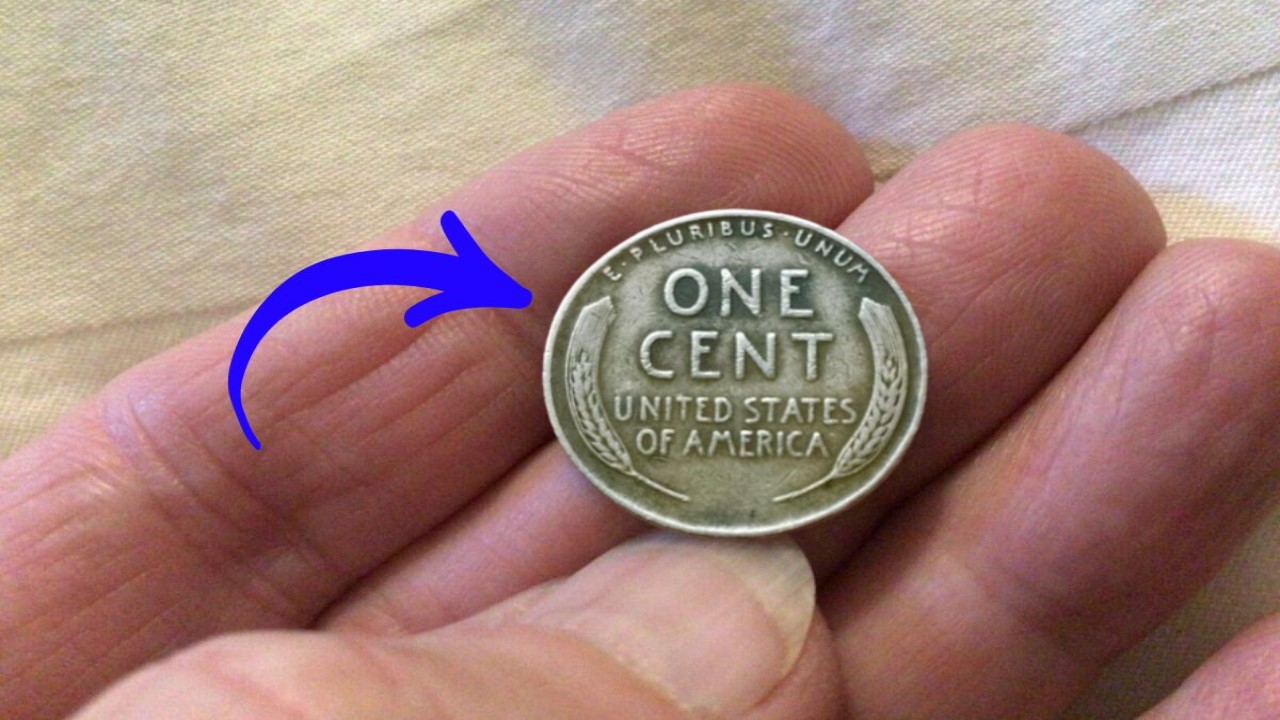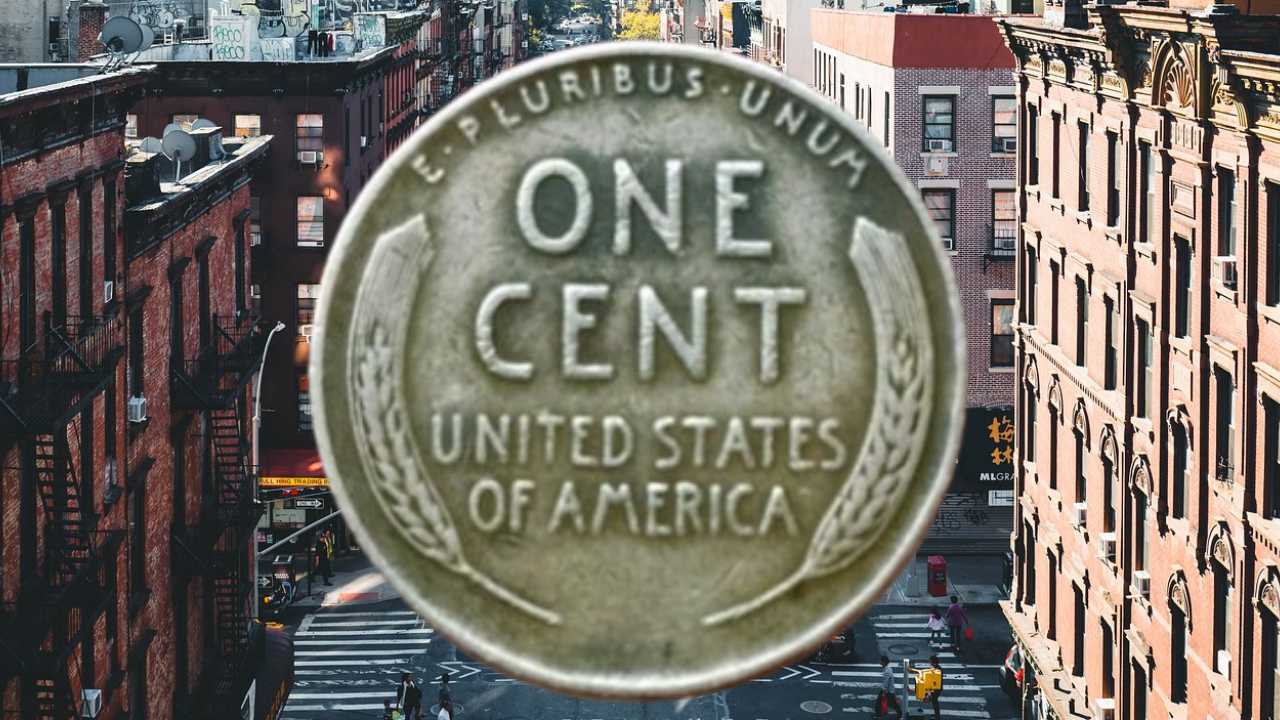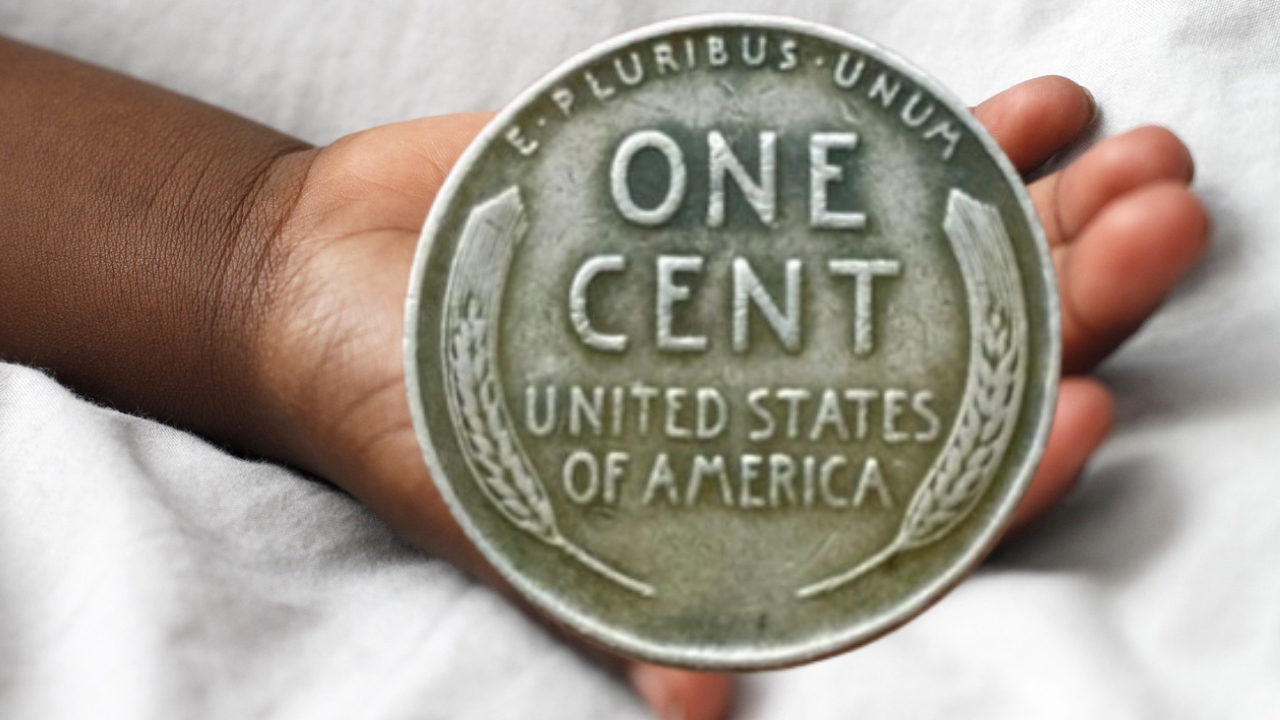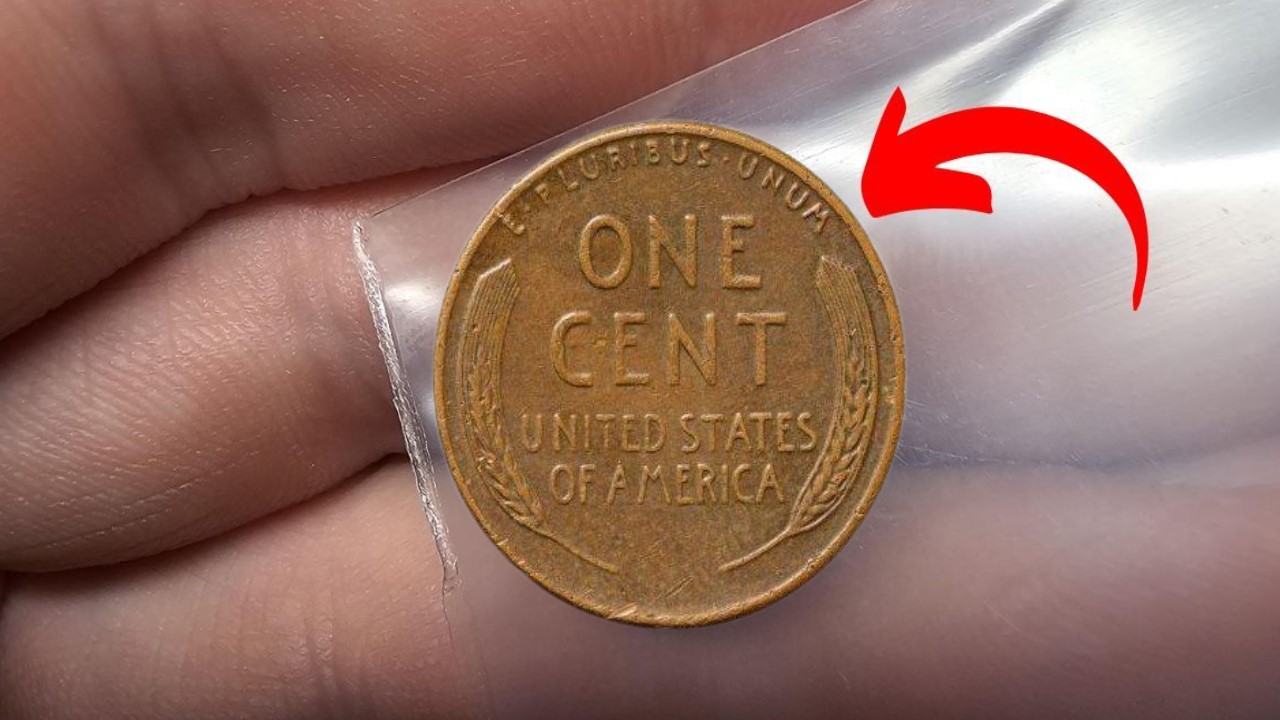The Lincoln Could the $10 Million Wheat Penny Still Be in Circulation: The Lincoln Wheat Penny is one of America’s most intriguing pieces of currency, with certain specimens reaching extraordinary values of up to $10 million First minted in 1909 to honor the centennial of President Abraham Lincoln’s birth, these pennies have become a fascinating blend of history, minting errors, and the enduring appeal of rare coin collecting.
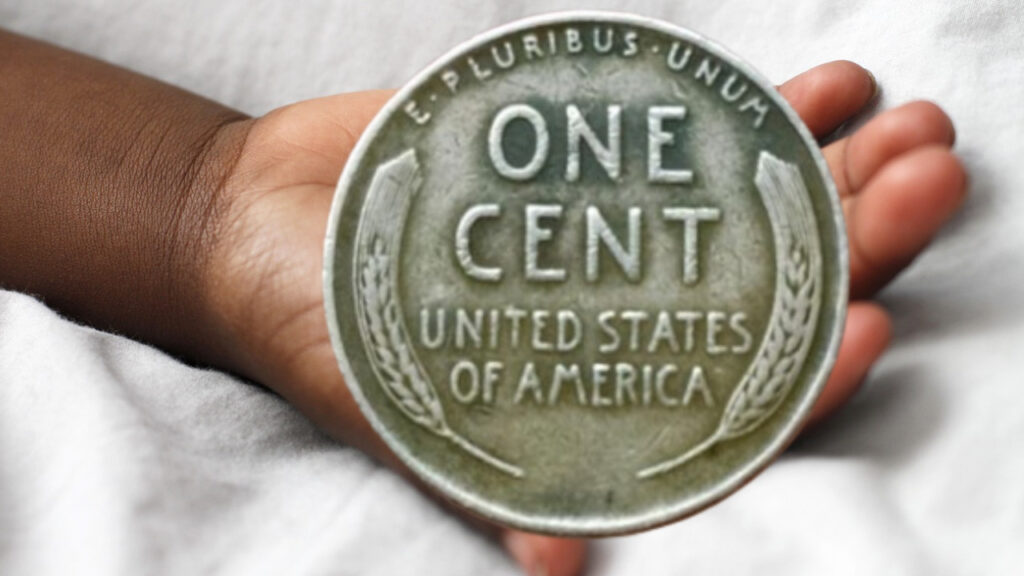
Historical Significance
The design of the Lincoln Wheat Penny features the profile of Abraham Lincoln on the obverse, with two wheat stalks on the reverse, symbolizing the nation’s agricultural heritage This design was groundbreaking for its time, as it marked the first time a U.S. coin featured the likeness of an actual person, rather than an allegorical figure This iconic design remained in circulation until 1958, producing nearly five decades of potential collector coins.
Contents
What Determines the Value?
While most Lincoln Wheat Pennies are worth only their face value, certain factors can significantly increase a penny’s worth Errors in the minting process, such as double dies or off-center strikes, can make a coin much more valuable The condition of the coin is another major determinant; specimens that are in mint or near-mint condition are worth far more than those that are heavily worn Additionally, the rarity of a specific penny, combined with demand from collectors, can drive its value up substantially.
The $10 Million Penny
The most valuable Lincoln Wheat Penny is the 1943 copper variety During World War II, the U.S. Mint shifted to producing steel pennies in order to conserve copper for the war effort However, a few copper planchets accidentally found their way into the production process, resulting in the rare copper pennies One such specimen sold for a staggering $10 million in 2019, setting a record as the most expensive penny ever sold.
Key Features for Identification
Collectors searching for a valuable Lincoln Wheat Penny should focus on certain key details The year and mint mark are essential indicators, with specific years and mint marks being more valuable than others Minting errors, such as double die strikes or misalignments, are also critical to identify, as these can dramatically increase a penny’s value Additionally, the overall condition of the coin—whether it shows signs of wear, discoloration, or damage-affects its worth.
The Importance of Professional Assessment
When a potentially valuable penny is found, it’s essential to have it professionally assessed Reputable coin dealers and professional grading services such as PCGS or NGC can evaluate a coin’s authenticity, condition, and market value This grading process ensures that collectors and sellers alike can be confident in the accuracy of the coin’s value.
Are These Pennies Still in Circulation?
One of the most intriguing aspects of Lincoln Wheat Pennies is the possibility that some rare, valuable coins are still circulating today Although many high-value specimens have been collected over the years, it’s entirely possible that some have slipped through the cracks and are still hiding in pocket change, old coin jars, or forgotten collections This makes every coin search an exciting treasure hunt.
Tips for Collecting Lincoln Wheat Pennies
For those looking to start collecting Lincoln Wheat Pennies, a methodical approach is highly recommended Begin by educating yourself on different years, mint marks, and grades of condition Establish relationships with trustworthy dealers and join collector communities to expand your knowledge and find rare specimens Proper storage is also crucial; using the right holders or albums can prevent damage and preserve a coin’s value.
Investment Potential
Although not every Lincoln Wheat Penny will be worth millions, some represent solid investment opportunities Coins with historical significance, rarity, and exceptional condition are likely to appreciate over time However, just like any investment, thorough research and expert guidance are vital before making a purchase or sale.
Proper Preservation Methods
To maintain a coin’s value, proper care is essential Handle coins by their edges to avoid damaging the surfaces, and store them in protective holders or albums designed for coins Environmental conditions, like temperature and humidity, should be controlled to prevent corrosion or fading In some cases, professional conservation services may be required to maintain a penny’s condition.
A Symbol of History and Value
The Lincoln Wheat Penny’s potential value of up to $10 million represents more than just a financial figure; it embodies the lasting appeal of both numismatics and American history Whether found in circulation or preserved in a collection, these pennies continue to captivate collectors and history enthusiasts alike They serve as a reminder that extraordinary value can be hidden in the most ordinary places, making every handful of change worth a second glance.
A Word of Caution
While the prospect of discovering a valuable Lincoln Wheat Penny is exciting, it’s important to approach the hunt with realistic expectations Professional authentication is crucial when assessing a coin’s potential value, and market prices can fluctuate over time Even if a penny isn’t worth millions, the pursuit of these historical pieces can be a rewarding experience, providing both financial and personal satisfaction for collectors.
Also Read
